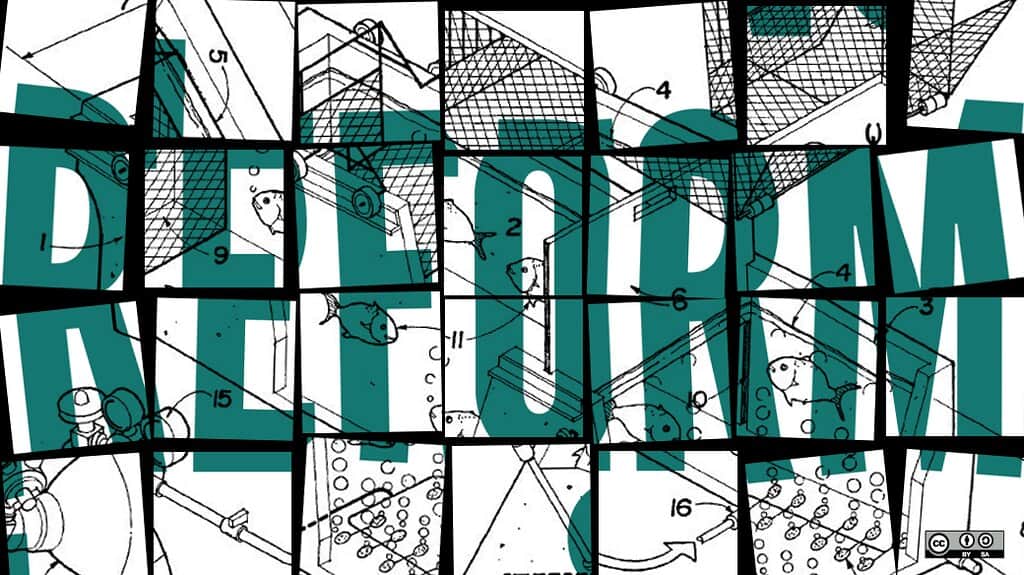On May 17, 2013 the United States Patent and Trademark Office placed a notice in the Federal Registrar (Vol. 78 No. 96, 297117) stating that it would be starting the second iteration of the After Final Notice Consideration Pilot Program (AFCP 2.0), effective May 19, 2013 through September 30, 2013.
The goal of AFCP 2.0 is to reduce pendency by reducing the number of Requests for Continued Examination (RCE) and encouraging increased collaboration between the applicant and the examiner to effectively advance the prosecution of the application. Federal Registrar (Vol. 78 No. 96, 297117)
Under current practice, pursuant to 37 CFR 1.116 and sections 714.12 through 714.13 of the Manual of Patent Examining Procedure (MPEP), examiners can opt to not consider some responses to office actions after a final rejection when that consideration would require further searches and considerable effort by the examiner.
Under the first iteration of AFCP, the examiner was given discretion to allot further time and to interview the patentee to consider responses after a final rejection. Further, under the original AFCP, the patentee need not have provided any claim amendments to be allotted the extra time for consideration, even additional affidavits or declarations would have been allotted the extra time for consideration.
Under the second iteration of the AFCP, which does not require any additional fees by the patentee, the examiner —upon a request by the patentee on a transmittal form (e.g., PTO/SB/434), an agreement to be interviewed by the examiner and the submission of at least one amended independent claim — can allot extra time for review of the pertinent submissions and can initiate an after-final interview with the patentee, when necessary. All the relevant documents also need to be filed with the USPTO via their electronic filing system.
This revised pilot program, like the original is intended to put a dent into the RCE backlog by giving examiners up to three additional hours to allot to examining and responding to a response by the patentee after a final rejection. This allotted time could lead to a request of an interview with the patentee (if the amendments do not resolve the examiner’s concerns), the issuance of an advisory action (if the patentee cannot interview within 10 days) or placing the application in condition for allowance (if the amendments resolve the examiner’s concerns).


